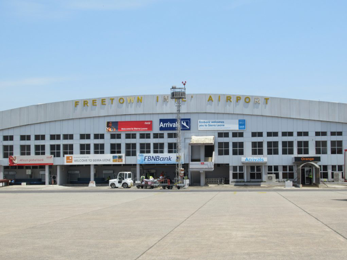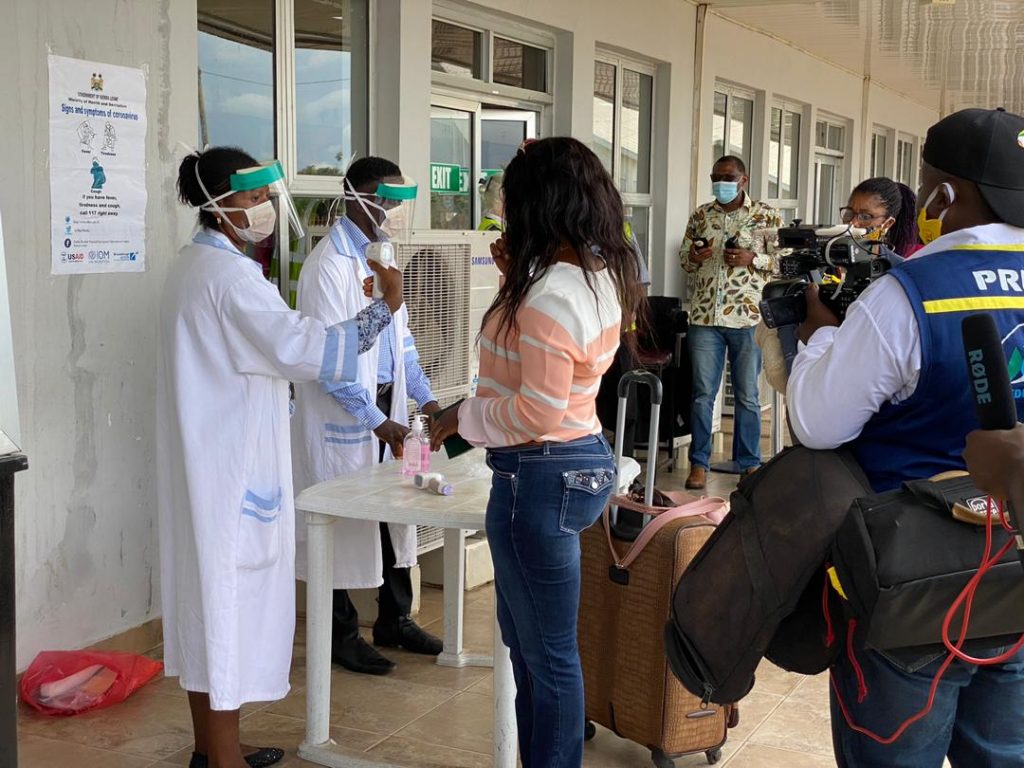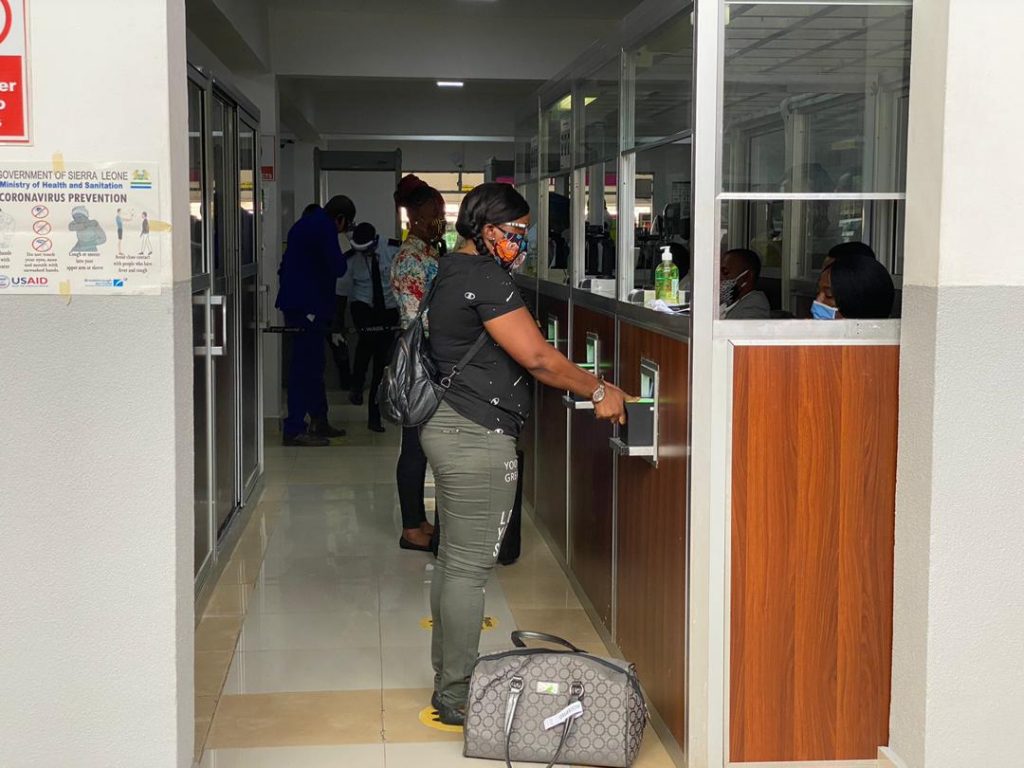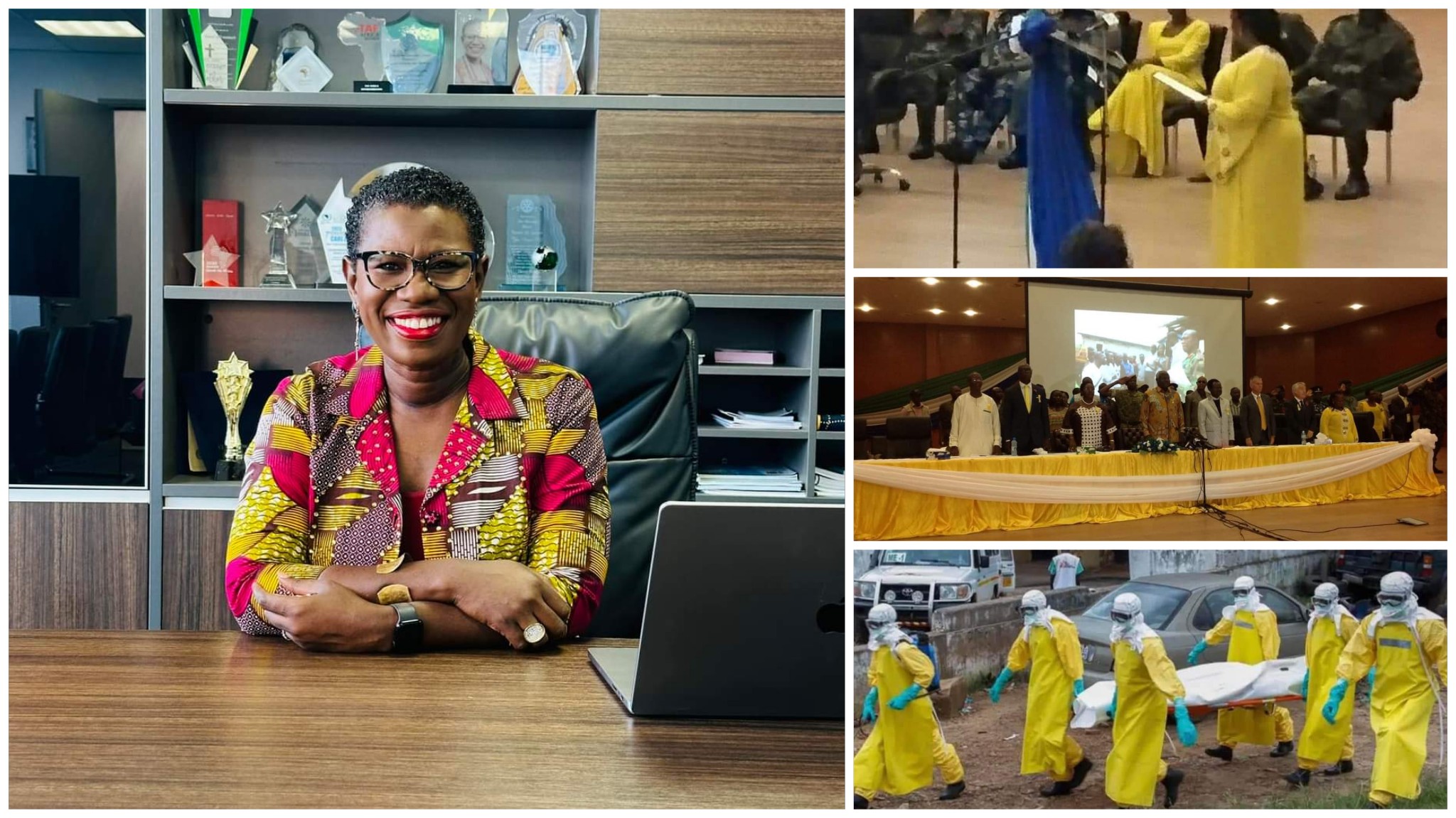
- Contributing Writer
Across Africa, air travel restrictions are slowly being eased to allow for both leisure and business travel again. Sierra Leone will need to continue taking a necessary cautious risk-based approach, based on the global COVID-19 statistics.
As a result of both air travel restrictions and, many citizens choosing not to travel, traveller and in-airport volumes are currently relatively low. This allows for a reasonably seamless process when it comes to compulsory COVID-19 screening of travellers arriving at, or departing from airports. However, as restrictions are further relaxed over the coming months, we could see a spike in air traveller numbers. This poses a risk as the new screening measures lead to longer traveller check-in and arrivals processes, and therefore, larger groups of people gathering within often confined airport spaces. The prevalence of viral spread is increased in crowded indoor spaces, as well as through touch of contaminated surfaces (World Health Organisation), and airports have both; large groups of intersecting people and, multiple common physical touchpoints.

Global aviation security experts strongly recommend that airport authorities and governmental decision-making bodies act with urgency in analysing and implementing passenger screening, movement and health control systems preceding the predictable surge in air travel that will take place as travel bans decrease globally over the coming weeks and months. Speedy and decisive action will make all the difference in curbing (or neglecting to curb) future waves of viral outbreaks.
It is imperative for Sierra Leone to move swiftly in developing and deploying highly efficient traffic management systems to streamline in-airport traveller movement, while ensuring that proper epidemic screening and control protocols are in place. Companies such as Securiport – a global leader in intelligent civil aviation security solutions have been at the forefront of the development and deployment of epidemic control systems to combat the spread of viruses such as COVID-19 and Ebola. Securiport focuses on addressing current and potential security challenges, particularly those related to air travel. Such technologies could go a long way in making air travel much safer for all of us.

Automation, specifically technology-driven solutions, forms an integral part of such a system. This includes automated border control mechanisms such as electronic gates and self-service traveller stations capable of processing passenger data quickly and accurately. Integrating these checkpoints with existing Epidemic Control Systems (ECS) that facilitate early warning and monitoring, as well as an alert system that flags high-risk passengers will help determine which travellers should be screened more thoroughly. This is beneficial from a time management and health safety point of view.

Touch-free technology is pivotal in reducing the spread of the virus within the airport environment. Across industries, research shows that the use of contactless biometrics is on the rise. The Global Contactless Biometrics Technology Marketed expected to reach $18.6 billion by 2026, at a compound annual growth rate (CAGR) of 19.1% during this period. For airports, the use of high-reliability touch-free multimodal biometrics like iris and face recognition software systems is both fast and effective for contactless passenger verification. Iris scanning means that passengers will not have to pull down their masks for identity verification (as is current practice). It makes sense to pair these technologies with current health screening methods such as temperature checks by incorporating thermal monitoring of travellers.

It is important to note however, that automation does not in any way replace the necessary health and safety protocols such as hand sanitising and social distancing. It does exponentially decrease the spread of the virus by drastically reducing the number of physical touchpoints, and by avoiding the accumulation of travellers at COVID-19 screening or passenger verification checkpoints.



